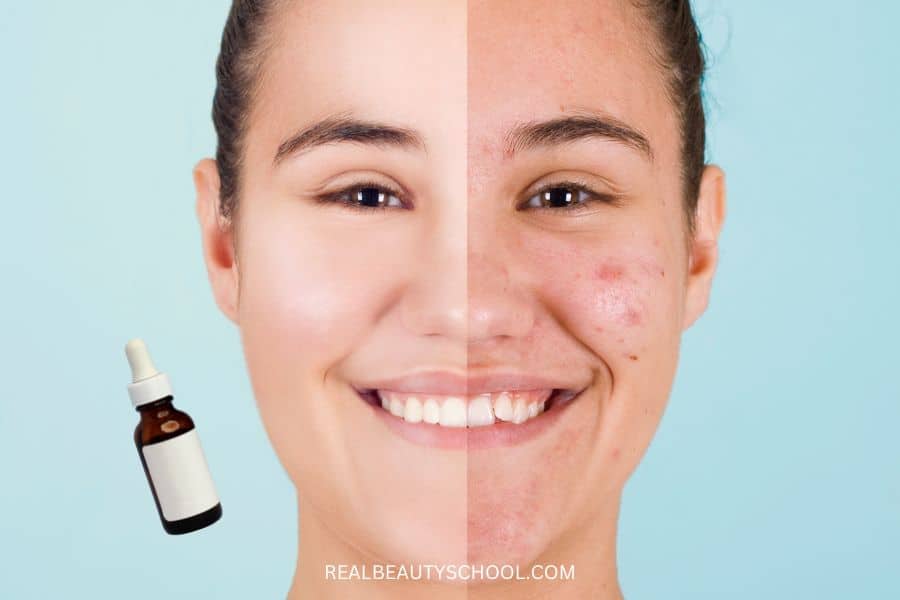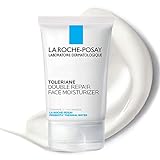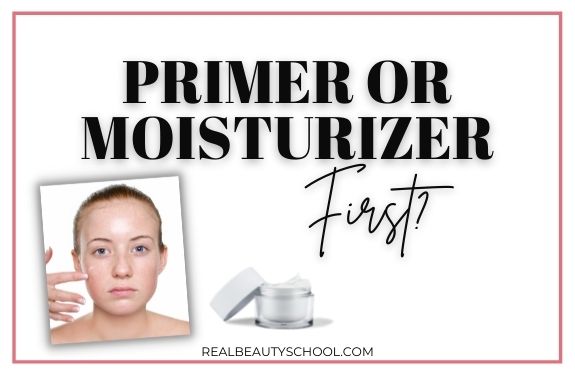Hey there! Are you looking for a way to improve your skincare routine?
If so, you might want to consider adding niacinamide to your daily regimen. Niacinamide is a form of vitamin B3 that has a host of benefits for the skin, including reducing fine lines and wrinkles, brightening the skin, and regulating oil production.
In this article, we’ll explore what niacinamide is, how to use it, and some potential side effects to keep in mind. Let’s dive in!

This post may contain affiliate links. That means if you click and buy, I may receive a small commission (at zero cost to you). Please see my full disclosure policy for details.
What is Niacinamide?
Niacinamide, also known as nicotinamide, is a water-soluble vitamin B3 that is found in many foods such as meat, fish, and grains.
It is a vital nutrient for maintaining healthy skin, and it has many benefits for the skin when applied topically.
Chemically speaking, niacinamide is a derivative of niacin, another form of vitamin B3.
However, niacin can cause flushing or irritation when applied topically, whereas niacinamide is gentle and non-irritating to the skin.
Niacinamide can be found in a variety of skincare products, including serums, moisturizers, and toners.
When applied topically, niacinamide can help to improve the overall appearance of the skin by reducing fine lines and wrinkles, brightening the skin, and reducing redness and inflammation.
So, if you’re looking for an effective ingredient to improve your skin’s health and appearance, niacinamide is definitely one to consider!
Benefits of Niacinamide
Based on Studies, research has demonstrated that niacinamide possesses the capacity to function as an antioxidant, enhance the functionality of the epidermal barrier, diminish skin hyperpigmentation, diminish fine lines and wrinkles, minimize redness and blotchiness, diminish skin yellowness, and enhance skin elasticity.
Let’s break down the benefits of niacinamide for the skin
Antioxidant capacity: Niacinamide can help protect the skin from damage caused by harmful substances called “free radicals” by increasing the number of natural antioxidants in the skin.
Epidermal barrier function: Niacinamide can help strengthen the skin’s protective barrier by increasing the production of ceramides and other important fats that help keep the skin healthy.
This can help the skin retain moisture and resist damage from things like harsh soaps and detergents.
Erythema and blotchiness: Niacinamide may help reduce redness and blotchiness in the skin by improving its barrier function and reducing irritation from external factors.
Yellowing of skin: As we age, our skin can start to look yellow due to a natural process called “glycation.” Niacinamide may help prevent this yellowing by stopping the harmful effects of oxidative stress and protecting the skin from damage.
Fine lines and wrinkles: Niacinamide may help reduce the appearance of fine lines and wrinkles by increasing collagen production and improving the skin’s overall structure and elasticity.
This can make the skin look smoother and more youthful.
How to use Niacinamide
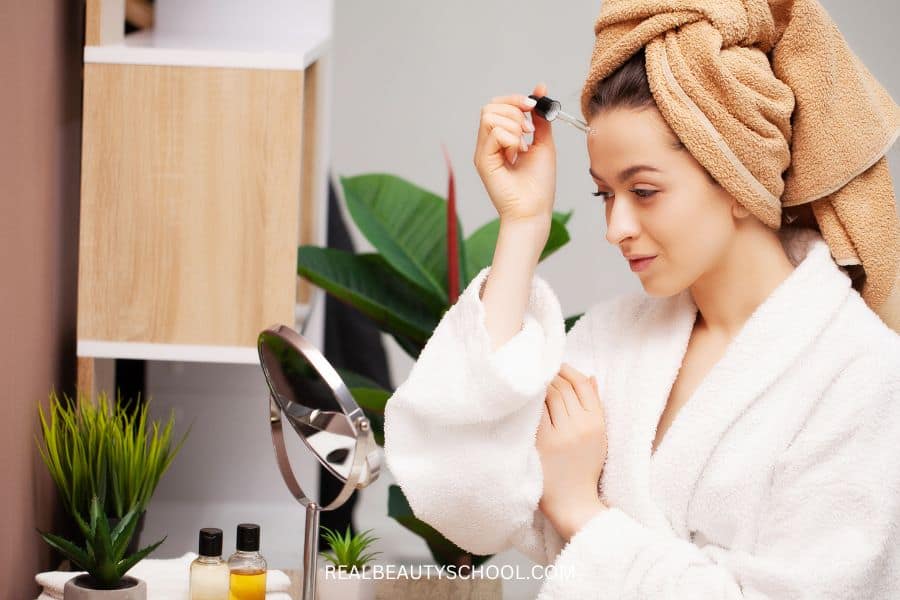
Niacinamide is a versatile ingredient that can be used in different concentrations and formulations depending on your skin type and concerns.
Here’s a guide on how to incorporate niacinamide into your skincare routine.
Choosing the right Niacinamide concentration and formulation:
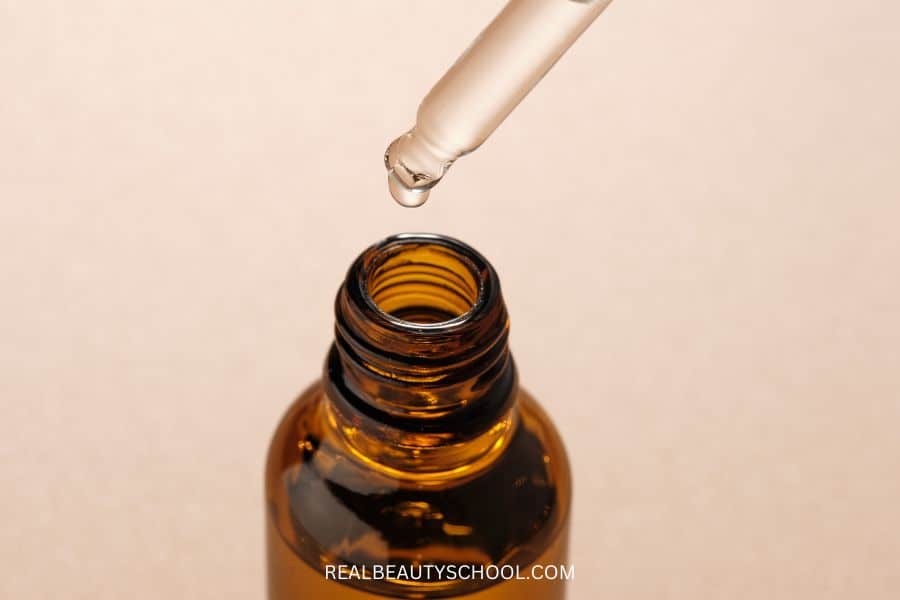
When choosing a niacinamide product, it’s essential to consider the concentration and formulation.
Niacinamide is effective at concentrations of 2-10%, but higher concentrations may cause irritation.
Some formulations like this serum here may also contain other active ingredients that can enhance the benefits of niacinamide, such as hyaluronic acid for hydration or retinol for anti-aging.
Step-by-step guide for incorporating niacinamide into your skincare routine:
- Cleanse your face with a gentle cleanser and pat dry.
- Apply a niacinamide serum or moisturizer to your face, neck, and decolletage.
- Wait for the niacinamide to absorb fully into your skin before applying other products.
- Follow up with sunscreen during the day to protect your skin from UV damage.
What’s the best way to apply niacinamide serum?
When it comes to applying niacinamide serum, there are a few things to keep in mind to get the most out of this skincare ingredient.
- First, it’s important to start with clean and dry skin, so consider using a gentle cleanser and patting your face dry with a clean towel.
- Then, apply a small amount of niacinamide serum onto your fingertips and gently massage it onto your face and neck.
- Avoid tugging or pulling on your skin, as this can cause irritation.
- Allow the serum to absorb fully into your skin before moving on to your next skincare step, such as a moisturizer or sunscreen.
It’s also important to follow the recommended usage instructions for your specific niacinamide serum product and to be patient, as it can take several weeks to see noticeable results.
Tips for maximizing the benefits of niacinamide:
- To get the most out of niacinamide, it’s essential to use it consistently over time.
- It may take several weeks to see noticeable improvements in your skin’s texture, tone, and elasticity.
- Additionally, you can combine niacinamide with other active ingredients such as vitamin C, alpha hydroxy acids (AHAs), or peptides for enhanced results.
- However, be sure to patch-test new products and introduce them gradually to avoid irritation.
Is it better to use a Niacinamide Serum or a Moisturizer with Niacinamide?
Both a niacinamide serum and a moisturizer with niacinamide can be effective, but it ultimately depends on your skin’s needs and your personal preferences.
Niacinamide serums typically have a higher concentration of niacinamide, making them a good choice for targeting specific skin concerns such as hyperpigmentation, fine lines, and wrinkles.
Serums are also lightweight and easily absorbed into the skin, making them a good option for those with oily or combination skin.
Moisturizers with niacinamide, on the other hand, can provide all-over hydration and help to strengthen the skin barrier.
They are a good option for those with dry or sensitive skin, or for those who prefer a simpler skincare routine.
Ultimately, the choice between a niacinamide serum and a moisturizer with niacinamide depends on your individual skincare needs and preferences.
Alternatively, you can also use a sunscreen that contains Niacinamide, like this one here.
If you’re unsure, it’s always a good idea to consult with a dermatologist or skincare professional.
Potential Side Effects of Niacinamide
While niacinamide is generally well-tolerated by most people, there are some potential side effects to be aware of. These include:
Skin irritation: Some individuals may experience redness, itching, or burning sensation when using niacinamide.
This is usually a sign of skin irritation and may be due to the formulation or concentration of the product.
Allergic reactions: In rare cases, niacinamide may trigger an allergic reaction.
This can manifest as hives, swelling, or difficulty breathing. If you experience any of these symptoms, stop using niacinamide immediately and seek medical attention.
Interactions with other skincare products: Niacinamide may interact with certain skincare products, such as those containing vitamin C, retinol, or alpha-hydroxy acids.
This can lead to skin irritation or decreased effectiveness of the products.
To avoid negative reactions, it’s important to choose a high-quality product with the right concentration of niacinamide for your skin type.
You can also patch test the product on a small area of skin before applying it all over your face. If you experience any negative reactions, stop using the product and consult a dermatologist.
Niacinamide and retinol
Niacinamide and retinol are two popular skincare ingredients that are often used together.
Niacinamide, also known as vitamin B3, is a water-soluble vitamin that offers a wide range of benefits for the skin, including improving the appearance of fine lines and wrinkles, reducing redness and blotchiness, and regulating oil production.
Retinol, on the other hand, is a derivative of vitamin A and is known for its ability to increase cell turnover, stimulate collagen production, and improve the texture and tone of the skin.
When used together, niacinamide and retinol can complement each other’s effects, resulting in smoother, brighter, and more even-toned skin.
However, it’s important to note that retinol can sometimes cause irritation or dryness, especially when first starting to use it.
In such cases, it may be best to use niacinamide and retinol on alternate nights or to apply niacinamide first and retinol second, allowing the niacinamide to soothe and hydrate the skin before the retinol is applied.
It’s also worth noting that some experts recommend using a lower concentration of retinol when using it in combination with niacinamide, as the two ingredients can interact and reduce the effectiveness of each other when used in high concentrations.
Ultimately, the best approach is to start with a lower concentration of both niacinamide and retinol, gradually increasing the strength over time as your skin adjusts and tolerates the ingredients well.
Here´s a really good Niacinamide Serum with Retinol
Niacinamide and Hyaluronic Acid
let’s talk about niacinamide and hyaluronic acid!
These two ingredients can work really well together to give your skin a serious boost of hydration and a healthy, radiant glow.
Niacinamide is great for improving the overall appearance of your skin. It can help reduce redness and blotchiness, fade hyperpigmentation, and even out your skin tone.
Plus, it has anti-inflammatory properties that can soothe and calm irritated skin.
Hyaluronic acid, on the other hand, is a powerful humectant that can hold up to 1000 times its weight in water.
This means it can help draw moisture into your skin and keep it hydrated all day long. It’s a must-have ingredient for anyone with dry or dehydrated skin.
When used together, niacinamide and hyaluronic acid can really pack a punch.
The niacinamide can help improve your skin’s overall appearance and reduce any inflammation or irritation, while the hyaluronic acid can provide a serious boost of hydration to keep your skin looking plump and dewy.
If you’re interested in incorporating both of these ingredients into your skincare routine, you can use a niacinamide serum followed by a hyaluronic acid serum or moisturizer or use a serum that contains both ingredients like this one here.
The niacinamide will help improve your skin’s appearance and reduce any inflammation or irritation, while the hyaluronic acid will provide hydration to plump up your skin and keep it looking dewy.
Just remember to start slowly and patch test first, especially if you have sensitive skin. And always make sure to use a broad-spectrum sunscreen during the day to protect your skin from UV damage.
Niacinamide: Frequently Asked Questions
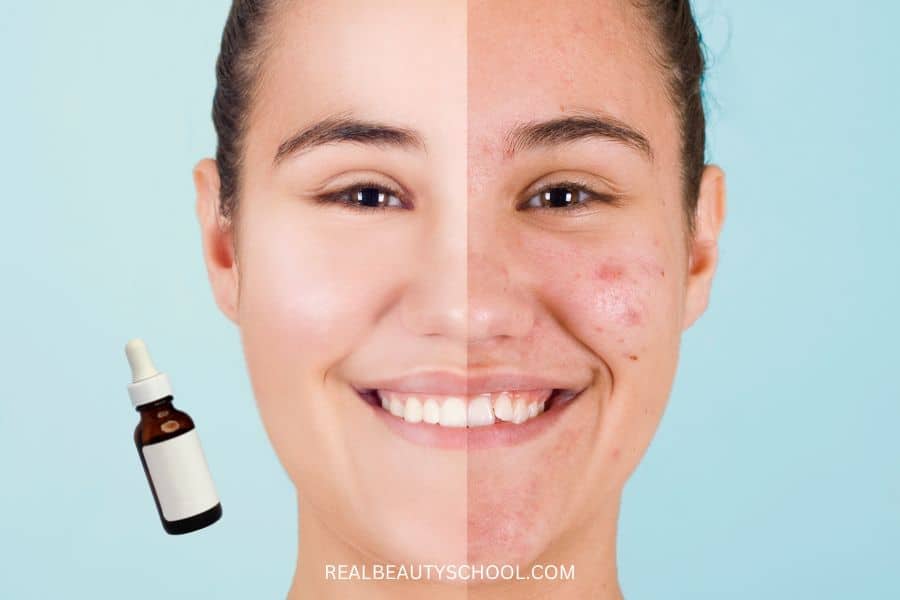
Niacinamide is a popular skincare ingredient known for its various benefits, including reducing hyperpigmentation, improving skin texture, and increasing hydration.
With the rise in popularity, it’s natural for people to have questions about niacinamide, from how to use it to what results they can expect.
In this section, we’ll answer some of the most frequently asked questions about niacinamide, providing clarity on any misconceptions and giving you the information you need to make informed decisions about your skincare routine.
Do you apply Niacinamide on dry or wet skin?
You can apply niacinamide on either wet or dry skin. It is a water-soluble ingredient and can be used in various forms such as serums, creams, and lotions.
Some people prefer to apply it on damp skin after cleansing and toning, while others prefer to apply it on dry skin before moisturizing.
It is important to follow the specific instructions on the product you are using, as different formulations may have different application recommendations.
Can niacinamide be used with other skincare products?
Yes, niacinamide can be used with other skincare products. However, it’s important to be aware of potential interactions and to follow a proper skincare routine.
Niacinamide is a versatile skincare ingredient that can be used alongside many other ingredients in your skincare routine. In fact, niacinamide can actually enhance the effectiveness of other ingredients.
Some common ingredients that are safe to use with niacinamide include hyaluronic acid, vitamin C, retinol, and glycolic acid.
However, as with any new skincare product or ingredient, it’s important to patch test and gradually introduce it into your routine to avoid any potential adverse reactions.
What not to mix with niacinamide?
While niacinamide is generally safe to use with most skincare ingredients, there are a few things to avoid mixing it with.
One of the most important things to avoid is combining niacinamide with vitamin C, as they can both become less effective when used together.
It’s also best to avoid using niacinamide with acidic skincare ingredients, such as alpha-hydroxy acids (AHAs), beta-hydroxy acids (BHAs), and retinol, as they can decrease the effectiveness of niacinamide or cause skin irritation.
Additionally, it’s important to avoid using niacinamide with products that contain copper peptides, as they can react with each other and potentially create a harmful compound.
Is niacinamide safe during pregnancy?
Niacinamide is generally considered safe during pregnancy. However, it’s always a good idea to consult with your doctor before using any new skincare products while pregnant.
How long does it take to see results from niacinamide?
The results of niacinamide may vary depending on the individual and the specific skin concern being addressed. Some people may notice a difference in their skin within a few weeks, while others may take longer.
It’s important to use niacinamide consistently and follow a proper skincare routine for best results.
Conclusion on Niacinamide: Is it worth the hype?
Yes! Niacinamide is a great ingredient to incorporate into our skincare routine, either with a Niacinamide serum, a moisturizer containing niacinamide, or even a sunscreen like this one here.
Because it has so many benefits that are absolutely worth the hype about this ingredient.
More Skincare related posts:
- Retinol vs Hyaluronic Acid: Difference and when to use each ingredient
- This is my Signature Anti-aging Makeup Routine that makes my models look 10 years younger in minutes!
- What´s the difference between lotion vs Moisturizer?

